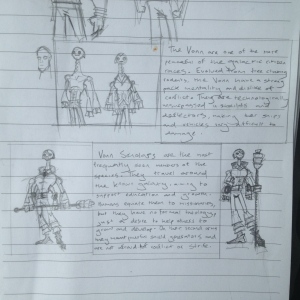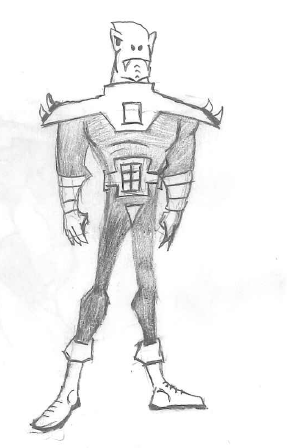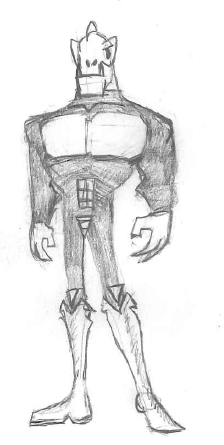The Siege of Ceres was a major feature of the Pan-Eurasian War and the one engagement to occur in the Sol System. It was a bloody affair which the neutral powers appeared content to let happen. The siege lasted until the end of the war; the Toronto Treaty officially recognised the Asian Coalition’s claim to the territory.
Human involvement on Ceres began before the advent of FTL travel; habitation and industrial units were developed under the rocky surface at the behest of the Chinese part of the Coalition. It had a population of over 1 million at the outbreak of the War; it’s industrial capacity made it a target for the European Union almost immediately.
It proved a difficult target. The Union Navy established a blockade around the world to begin with, assuming the population would quickly run out of food and water. Water was readily found as ice across the asteroid’s surface and the settlers had long since developed mature colonies of krill for food. These methods provided the populace with the very bare minimum of food but little else; life became increasingly difficult from the start of the blockade.
The Union experimented with orbital bombardment but the humans had buried themselves too deep. Even the docking ports were buried within canyons and other natural phenomena – Union dropships were easily repelled.
Still, the siege was relentless. The Union engaged in psychological warfare; they flooded local networks with terrifying images, they dropped earth-shaking bombs around the clock. The only relief came from brave Asian Coalition relief craft – tiny cargo ships bringing extra supplies to hidden docks and airlocks. The majority of these brave flights (nicknamed the Tokoyo Express after their WWII forefathers) were successful; the ships would occasionally be caught by the Union blockade. The best case scenario was being destroyed by their big guns. Surviving blockade runner crews were typically humiliated and tortured by the frustrated Union siege forces.
The Union denied accusations of torture and resisted United Nations calls for a ceasefire and humanitarian response. The post-War UN vote as to whether the siege amounted to a war crime was derailed – unsurprisingly – by European votes.
The colony developed into a hub of industry following the war; it builds heavy machinery and colony equipment for use throughout the new human sphere of influence. The hub of activity grinds to a halt once a lunar year, however, in a quiet memorial to the War, the siege and the thousands of people lost to starvation, preventable ill health and other causes.









